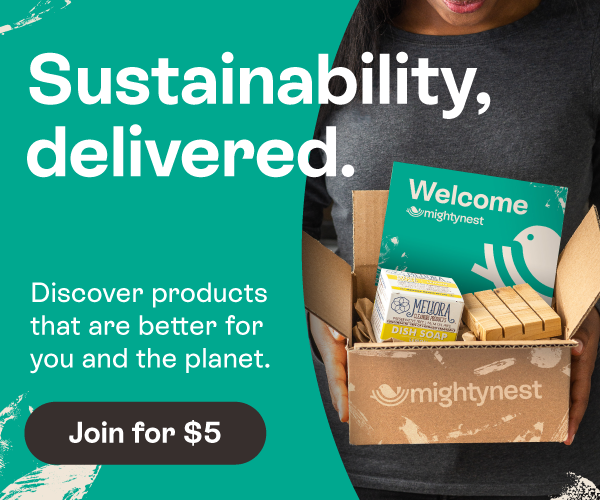
Last week, we wrote about what's involved in the making of a plastic water bottle. As a quick reminder, consumers are really (and obviously) mainly paying for the plastic water bottle itself when they choose to buy a disposable, single-use plastic water bottle...equaling 90% of the cost. That's quite a bit of unnecessary oil that could be used for far better purposes than a quick answer to thirst. We also talked about the inevitable opportunity for a plastic water bottle to be contaminated during manufacturing, as that's just chance in a complicated process.
Why take a chance?
And what happens to these plastic water bottles after use? Well, first off, disposable plastic water bottles make a whopping 1.5 million tons of plastic waste. Plastic is lightweight so you can just imagine the land mass of this amount is HUGE. And even though PET bottles are in high demand for recycling programs, over 80% end up being THROWN AWAY anyway. Or, they make their way into our oceans, causing serious harm to marine life and birds and constructing an ocean patch of plastic equaling the size of Texas!
Bottling and shipping water is the least energy efficient method ever used to supply water. Take the average American: consuming 167 bottles of water/year, with an average of 134 of those bottles ending up in the landfill and beginning their 700 years of composting.
Enter the reusable water bottle. If you really think about convenience, it's actually much more convenient to fill a water bottle for the day than search out a place to buy bottled water and wait in a line to pay for it.
Consumers have been snookered into thinking that bottled water is superior to tap and that we're being "smart" by buying and drinking (smart) water. What's really smart is using the water that is available to you at home and if you tend to dislike the taste of tap water, just use a filter to remove bad-tasting minerals. The investment in a water filter will be paid within a short time as opposed to the waste of money from purchasing single-use plastic.
It's simply more economical to drink water from a reusable bottle than a single-use, disposable bottle. That may seem obvious but as a reminder, it's easy to waste money on disposable bottles. At approxiamately $1.35/bottle, the average person spends about $225/year for this "convenience." Another way to look at this: if you are a resident of San Francisco, it would take 10 years of re-filling your bottle with tap water to cost $1.35.
It's time to kick the habit, if you haven't already, and get off the (plastic) bottle. Make the smart and mindful decision to use glass water bottles or stainless steel water bottles.
- Both glass and stainless steel are safe for storing water and will not leach chemicals into your beverage. No BPA needed to line the interior.
- Both materials can be recycled.
- Both have the capacity to insulate - keeping beverages either cold or hot when made with a double wall construction.

